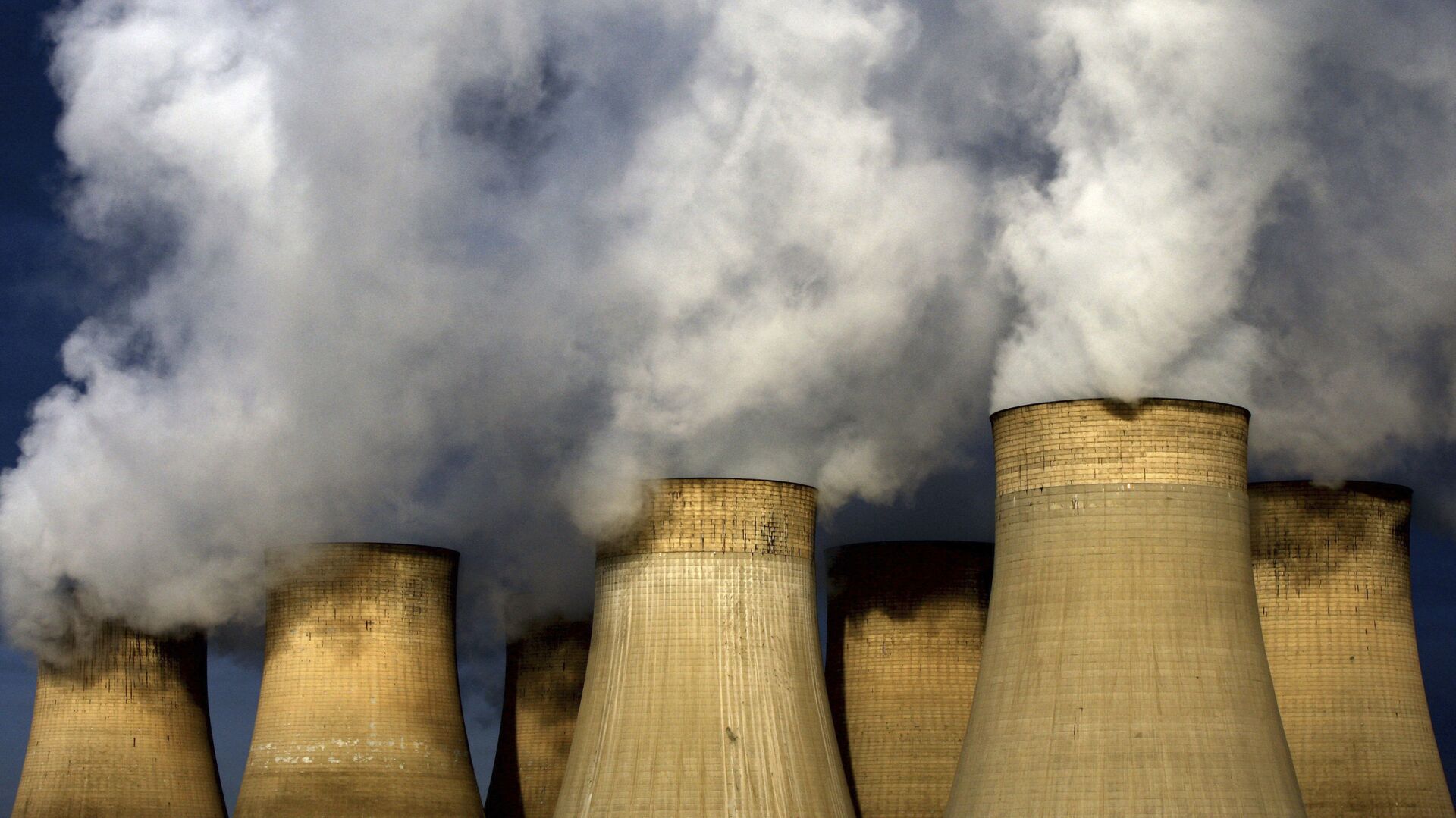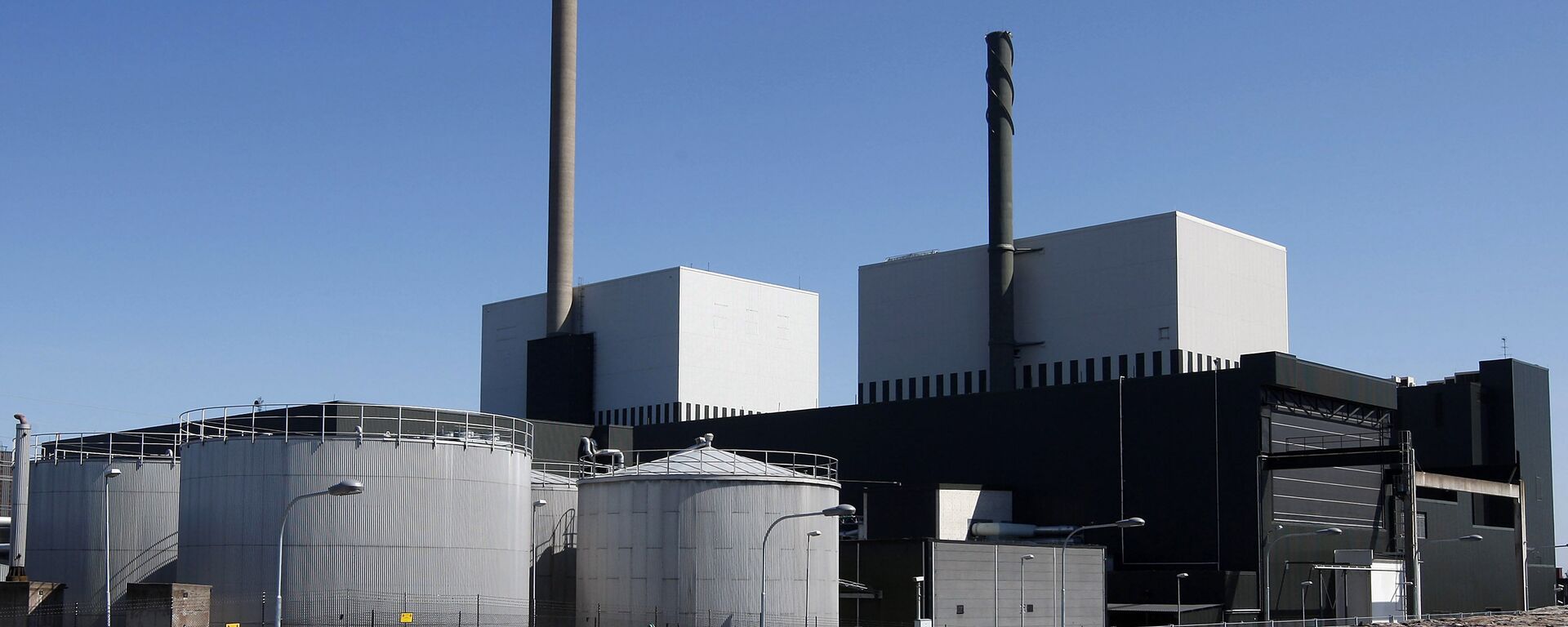Danish Electricity Prices Hit Record High Following 'Perfect Storm'

© AP Photo / David Davies
Subscribe
The current electricity prices in Denmark are three times higher than they were during the same period last year, with no prospect of ebbing in the nearest future. An average Danish family's annual electricity bill is expected to jump by over $2,000 this year alone.
On Wednesday evening, electricity prices in Denmark reached the highest level on record.
The price of one kilowatt hour in the Scandinavian country hit DKK 8.42 ($1.15) which is the highest level measured over the 12 years for which the state company Energinet has data, breaking a record set barely days before.
According to Carsten Smidt, director of the Danish Supply Authority, which monitors supply prices across the country, the average price of electricity has never been so high.
According to Carsten Smidt, director of the Danish Supply Authority, which monitors supply prices across the country, the average price of electricity has never been so high.
“If we look at the daily or weekly average of electricity prices, they have never been as high as they are now,” Carsten Smidt told Danish Radio.
Nord Pool, the common Nordic electricity market, stressed that the current prices are three times higher than in the same period last year.
Deputy Director of the Danish Energy Agency Martin Hansen called the high electricity prices the result of an “almost perfect storm of conditions,” all of which contribute to price increases.
Deputy Director of the Danish Energy Agency Martin Hansen called the high electricity prices the result of an “almost perfect storm of conditions,” all of which contribute to price increases.
Among others, he named the ongoing conflict in Ukraine, low water levels in European water reservoirs (which means that the hydropower plants are not running at full power), a hot spell across Europe, and a lack of wind, which has kept turbines idle.
According to Martin Hansen, there is no prospect of prices falling again in the nearest future.
“It is really, really difficult to say something nice about the development of electricity prices. We can look at the forward prices, but the expectations for 2023 are still high. If I were an industry or a household, I would expect that we will see high prices for electricity, gas and heating well into the future,” Martin Hansen said.
Brian Friis Helmer, an economist at Arbejdernes Landsbank, agreed that there is no prospect of prices falling again for the time being, and predicted an expensive winter.
“We cannot rule out that prices may rise further. Over the summer, we have seen that the price of natural gas and electricity has continued to rise,” he told Danish Radio, predicting that an average Danish family's annual electricity bill may soar by DKK 15,000 (over $2,000) this year alone.
According to Hansen, the price hikes are already having their toll on households, industries and businesses alike.
Since 2021, energy prices in Europe have been rising rapidly following a global trend. Following Russia's military operation to de-Nazify and demilitarize Ukraine and several sanctions packages against Moscow imposed by the West, the energy situation deteriorated further, prompting European countries to search for alternatives to Russian energy supplies. To relieve the grips of the crisis, a slew of energy-saving measures are being tested across Europe, ranging from switching off illumination and turning down thermostats to ditching warm showers.




